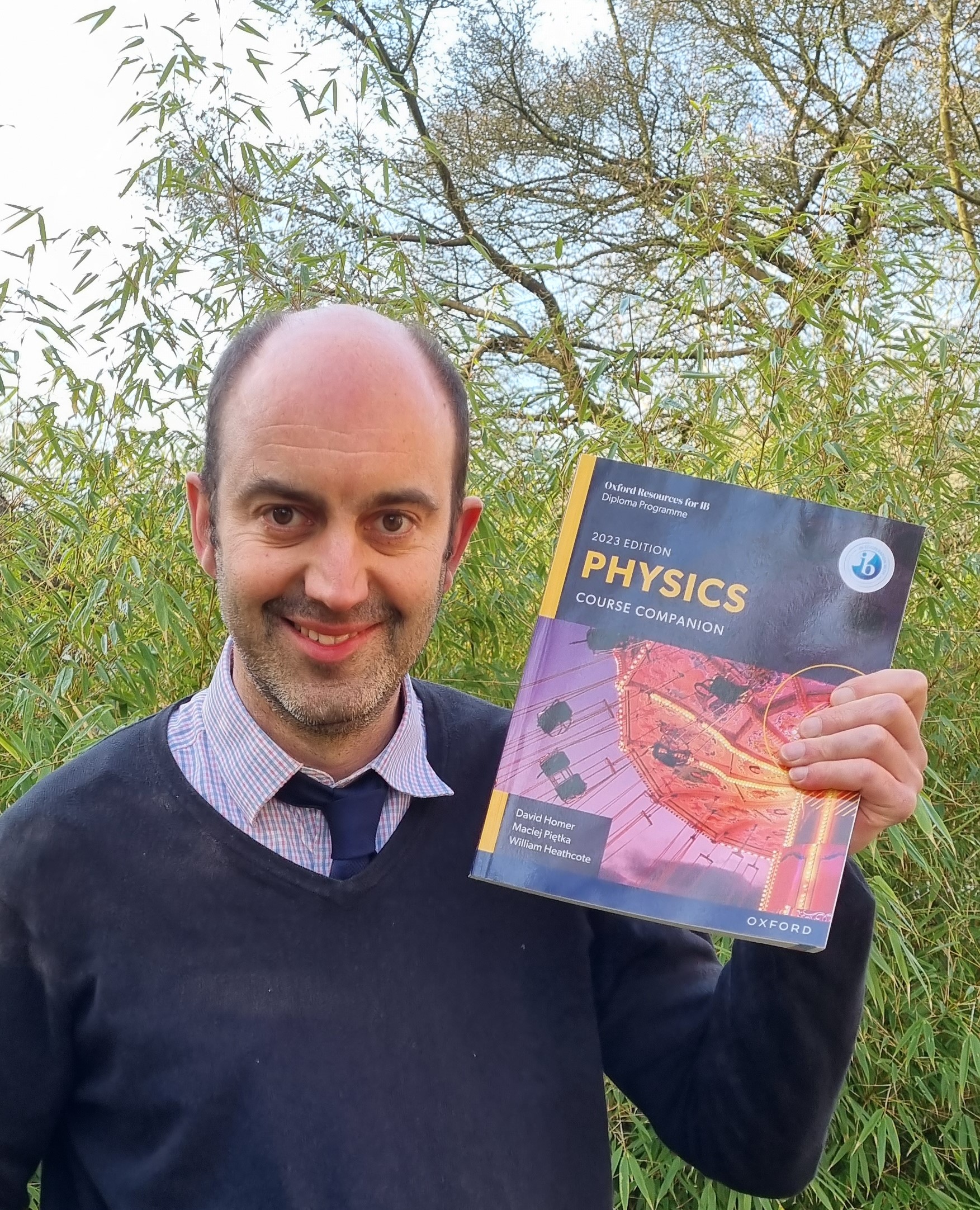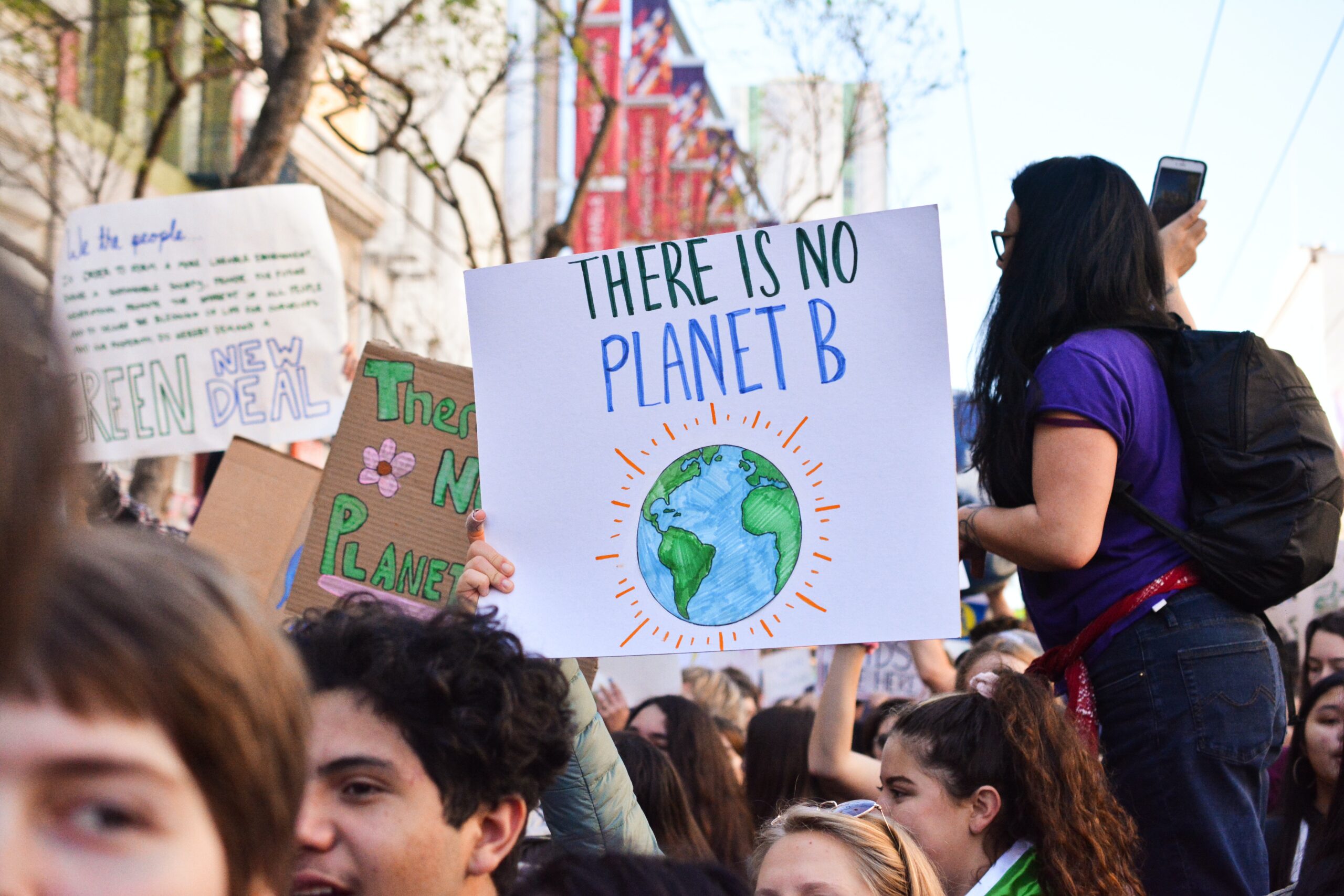
Read the latest installment in our #InspireWithScience series, where Will Heathcote, one of the authors of DP Physics, explores the relevance of DP Physics in the face of the global challenge of climate change. Will unravels the connections between the new DP Physics syllabus, and how it enables students to be scientifically literate when it comes to climate change.
Science and the “Real-World”
My daughter returned from school the other day excited to share what she had learned in Science: she had learned to wire a plug and merrily demonstrated this new-found skill.
The common parental response might be to say “ooh – that’s a really useful thing to know”. (Of course – I suspect that in a decade’s time when she might use this knowledge, she will find that no device has a plug that can be rewired anyway). Indeed, this was pretty much our response, but on reflection, the comment about this knowledge being useful is probably irrelevant. Yes – she was happy to have learned a new skill, but we certainly discouraged her from rewiring our household appliances. Was this new knowledge therefore useful? Is it better to learn a skill that you then cannot employ, or to learn something that you don’t yet know how or when it may turn out to be useful?
“Indeed, a recent survey of UK secondary school pupils suggested that 7 in 10 pupils want to learn more about climate change.”
There is a strong argument to say that there is no such a thing as useless knowledge (and I am not going to try to argue against this). However, in physics and indeed all science subjects, we are often asked about links to “real-world applications”. When the purpose of science is to model and explain the behaviour of the real world, it is hard to think what scientific knowledge could be deemed to not have a “real-world” application.
So what useful knowledge might be contained within a physics course – which skills and content address the problems of tomorrow?
Climate change and Environmental Physics
Possibly the greatest challenge to humanity is climate change. For the students of today, this will be a factor that shapes their lives. The economic impacts are already significant and will affect all countries and governments.
So where can science students learn about the mechanisms at play in climate change? There are nods to the issues in Biology and Chemistry syllabuses, but it seems to be an area from which Physics specifications have typically shied away from. Certainly, having taught a variety of versions of A Level Physics, topics such as the greenhouse effect are notable by their absence.
The IB diploma, on the other hand, has included it within its DP Physics course for a while now and the new course guide has a whole topic entitled “The greenhouse effect”. For a standard level DP Physics student, this is 4% of the course.
A treatment of the greenhouse effect does not appear in many Physics courses despite the Physics required being accessible to students at that level:
The physics involved applies Stefan’s Law, Wein’s law and the inverse square law – stalwarts of most physics courses. The analysis can be enhanced by adding in some factors for the reflectivity of the Earth’s surface (albedo) and how well it radiates energy (emissivity).
Many Physics courses avoid this application of blackbody radiation. Perhaps because that environmental physics is renowned for being imprecise – a feature that is possibly more seized upon by politicians than scientists. In reality this is just an instance of the application of uncertainties – another feature of any Physics course. Natural and random variation (in this case in annual temperatures) need to be considered. Nonetheless, it has been shown that many climate models are making accurate projections.
Creating Students who are Climate Science Literate
It is sometimes easy to approach the topic of climate change with a degree of pessimism – climate change is inevitable, and it can seem that there is little we can do about it. But surely the first stage of approaching a solution is to quantify the problem and understand the mechanisms at play.
Perhaps if more Physics courses embraced the application of Physics to the environment, in the way that IB DP Physics does, we would create a generation of students who are able to talk about climate change and the greenhouse effect in a scientifically literate way. Indeed, a recent survey of UK secondary school pupils suggested that 7 in 10 pupils want to learn more about climate change. If we were to teach these pupils more, perhaps some might even go on to further research and perhaps tackle the problem!
However, there is also a great value in those students who do not go on to pursue science as a career, but who go into the world with some climate science literacy. Understanding the mechanisms of climate change can be the first step in treating it as a problem that is there to be solved.
Want more? Read the blog by DP Chemistry author Gary Horner ‘Understanding the science of global warming and climate change: How DP Chemistry supports teachers and students as advocates of the fundamental need to safeguard the global environment.’


